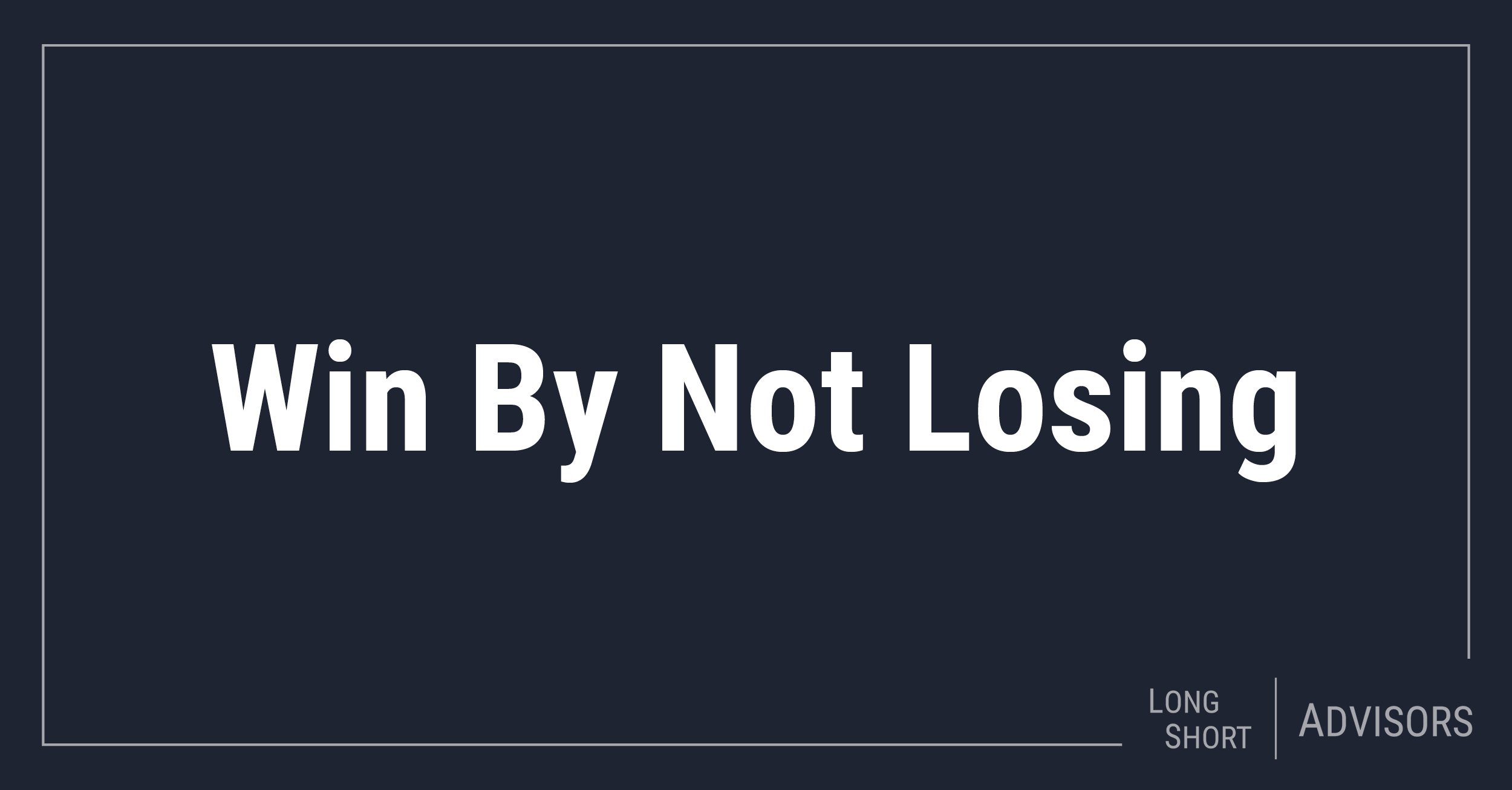Perhaps distracted by clamor and pundits in the financial media, along with suffering from some pesky behavioral biases, too many investors fail to focus on the main goal of investing in stocks: to meet financial goals such as buying a house, paying for the kids’ education, maintaining one’s standard of living in retirement, and maybe leaving a generous legacy. Instead, they swing for the fences in good times, jettison equities during hard times, and mistakenly believe that they can time the markets.
We think a much better approach is to focus on the elegant math of compounding returns over time and, in particular, the challenge of volatility. The importance of compounding may sound obvious, but in fact there are some subtle factors at play here that we can broadly divide into the categories of arithmetic and investor behavior.
We’re Just Human
First, let’s ensure that we’re clear on different measures of return. There is time-weighted return and investor (or dollar-weighted) return. Time-weighted measures the compounding of a portfolio or fund returns (i.e., the fund’s actual performance); a fund’s investor returns (also called an internal rate of return) hinge on the timing of an investor’s inflows into and outflows from the fund.
Unfortunately, investors, as human beings, are prone to emotions such as fear and greed that cause them to buy and sell at the wrong time; that’s just how we’re wired. Thus, investor returns typically lag well behind the time-weighted returns of the funds in which they invest. For example, when Morningstar studied the 10 years to the end of 2020, it found that (in aggregate) investors earned 1.7 percentage points less per year than funds’ reported total returns due to mistimed purchases and sales—a huge gap when compounding a portfolio over an investing lifetime.
Typically, the higher a fund’s volatility, the wider the gap between the portfolio’s compounded return and its shareholders’ returns. There are innumerable examples of this, but let’s just examine one, ARK Innovation ETF (symbol ARKK), a high-profile fund which Morningstar categorizes as mid-cap growth, as an illustration. The tech fund’s volatility is double that of its benchmark, and its maximum drawdown of 77% is 2.5 times as steep as that of the index. In 2020, ARKK ranked in the top percentile of returns in its style box, then in both 2021 and 2022 it ranked in the bottom percentile. Over time, the exceptionally volatile ETF has posted some attractive compounded returns but, not surprisingly, most investors failed to reap the reward. Morningstar researched the return chasm in December 2021 and found that, since fund inception in 2014, the average investor return of 10% was 18 points less than the fund’s return; over the trailing five years, ARKK shareholders’ returns lagged the fund’s returns by 30 points a year!
Volatility and Compounding
You can think of investor behavior in the face of volatility as an external factor in determining returns, but there is also an internal factor that revolves around arithmetic: Volatility (and large drawdowns, in particular) tends to be the enemy of a portfolio’s compounded return. To understand this dynamic, consider the difference between average and compound returns. Let’s take the simple example of a fund that loses a third of its value in one year but then returns 50% in the second year. The average return over those two years is 17% but the compounded return is 0. The compounded, or geometric return, is always lower than the average return, and sharp declines are the foe of compounding.
Clearly, if you are attempting to compound positive returns over time, high volatility and large drawdowns can wreak havoc on your portfolio. In the investment industry, some participants call the difference between the average and compounded return a “volatility tax,” which is a tax you want to minimize. Over an extended time, the compound return of US stocks might lag the average return by, say, 1.5 percentage points per year; the volatility tax on returns of a much more volatile asset class, such as emerging market stocks, will be higher, and the discrepancy for low-volatility investment-grade bonds will be less.
Conclusion
Investors and their financial advisors should focus more on strategies that align the interests of a fund and its investors’ experience. A fund that provides a smoother journey in the form of strong compounded returns over time with less volatility, reduced downside risk, and a high information ratio fits the bill. One compelling choice is a long-short fund with good upside capture of returns that minimizes downside capture and keeps investors in the market over the long haul. This brings to mind a comment by investment sage Warren Buffett, who discovered the power of compounding at a young age. As Buffett says, “Life is like a snowball. The important thing is finding wet snow and a really long hill.”
16512994-UFD-03012023








